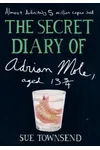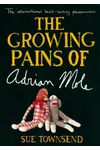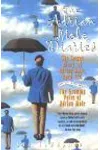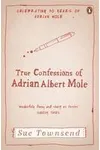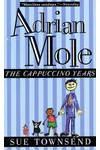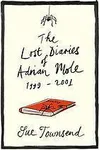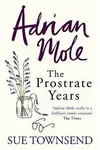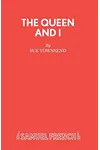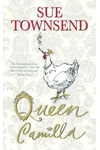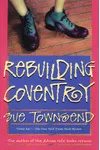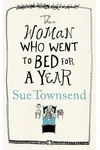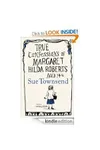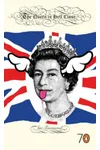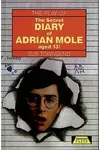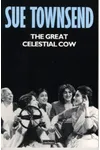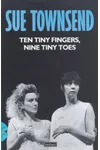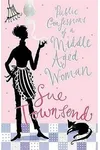Picture a British storyteller who turned teenage angst into a literary sensation—meet Sue Townsend! Born in Leicester in 1946, she created the iconic Adrian Mole, a character whose diary entries captured the hearts of millions with their wit and relatability. With a knack for blending humor with sharp social commentary, Townsend became a beloved voice of the 1980s, her books still resonating today.
Despite personal hardships, including health challenges and financial struggles, Townsend’s storytelling shone through, offering a window into British life with a playful yet poignant lens. Ready to dive into her world? Let’s explore her journey, works, and lasting impact!
The Making of Sue Townsend
Susan Lillian Townsend grew up in a working-class family in Leicester, leaving school at 15 to take on various jobs, from factory worker to shop assistant. A voracious reader, she found solace in books, which sparked her love for storytelling. After marrying young and raising three children, she joined a local writers’ group in her 30s, where her talent for comedy and keen observation began to flourish. Her first play, Womberang (1979), won a Thames Television Playwright Award, marking her entry into the literary scene.
Health struggles, including diabetes and eventual blindness, never dimmed her spirit. Townsend’s resilience and humor shaped her writing, turning everyday struggles into universal stories. Her Leicester roots grounded her work, infusing it with authenticity and a deep connection to ordinary lives.
Sue Townsend’s Unforgettable Stories
Townsend’s breakthrough came with The Secret Diary of Adrian Mole, Aged 13¾ (1982), a hilarious and heartfelt novel told through the diary of a teenage boy navigating puberty, family chaos, and Thatcher’s Britain. Adrian’s earnest voice, paired with Townsend’s satirical edge, made the book a bestseller, selling millions and spawning seven sequels, including The Growing Pains of Adrian Mole (1984).
Her other works, like The Queen and I (1992), a comedic novel imagining the British royal family living on a council estate, showcased her ability to blend absurdity with social critique. Number Ten (2002) followed a fictional Prime Minister’s journey through Britain’s underbelly, reflecting Townsend’s knack for exposing societal divides with humor. Her style—witty, accessible, and layered with commentary on class, politics, and human nature—made her a literary treasure.
Townsend also wrote plays and non-fiction, but Adrian Mole remains her legacy’s heart. His diaries, spanning decades, captured the zeitgeist of Britain, from the 1980s to the 2000s, with a timeless appeal that resonates with readers of all ages.
Why Sue Townsend Matters
Sue Townsend’s work transcended entertainment, offering a mirror to British society’s triumphs and flaws. Her ability to make readers laugh while tackling issues like poverty, class, and political upheaval cemented her as a cultural icon. Adrian Mole became a literary archetype, inspiring countless coming-of-age stories and even a TV series, stage plays, and radio adaptations.
Her influence endures in the way she gave voice to the underdog, blending humor with empathy. Townsend’s books remain in print, delighting new generations, while her courage in facing personal challenges inspires aspiring writers. Her legacy is a reminder that stories, no matter how ordinary, can spark extraordinary connection.
About Sue Townsend
- Born: April 2, 1946, in Leicester, England
- Key Works: The Secret Diary of Adrian Mole, Aged 13¾, The Queen and I, Number Ten
- Awards: Thames Television Playwright Award (1979), multiple honorary degrees
- Died: April 10, 2014
Ready for a dose of wit and wisdom? Grab The Secret Diary of Adrian Mole, Aged 13¾ and dive into Sue Townsend’s hilarious, heartfelt world!
